The original intention was to blog as the work progressed, that was my usual pattern whilst studying at Glamorgan University, and I quite enjoy looking back over old posts to see how my former projects developed. Sadly, I just did not have the time.
Let me get this straight right now for anyone who may be considering applying for next year.
BFX is not a holiday.
You will not spend six weeks getting drunk and partying on the beach. In fact I saw the beach only once whilst in Bournemouth... from a distance.
It is hard work, with late nights and early mornings, and you'll blast through shots at a speed you will have never quite encountered before. Don't let this put you off though. The whole experience is totally worth it. Your skills will develop and improve dramatically, you will gain a much better understanding of the Visual Effects pipeline, and you will get the opportunity to meet people who can teach you so much more than your usual university lecturers. If you love what you do, then you will love the BFX competition. And there is fun to be had, particularly during late night renders.
My BFX experience really began on the Sunday 7th July. My team was all settled in and we popped next door to meet another team for drinks. This really set the tone for the whole event. Everyone was really friendly and genuine, there was no real sense of competition or "winning", we just wanted to do the best we could and were excited to see everyone else's projects develop as much as our own. On the Monday, it was a similar situation, we met the Bournemouth University staff, were allocated machines and then headed down the pub.
After that, the hard work began. Because we were visiting competitors, and not the home team, we needed to be trained on the equipment available, which was significantly different from what we were used to working on at Glamorgan. The green screen studio in particular is really quite different, and as our film was to be shot on green screen this was very important for us. The staff did a great job, one lecturer said that he was cramming a whole terms worth of teaching into one afternoon. We all laughed, but he may well have not been joking. The time flew by and by the time the induction was over, I felt pretty confident stepping into the studio to shoot our short.
There were of course some snags along the way, there were issues using the computer system to book out equipment for example, and a few technical difficulties with equipment itself, but this was cleared up quickly by the staff, who showed an extraordinary amount of patience and good humour. Frankly, I am surprised there were no bigger issues than these. I can not imagine a bigger logistical nightmare than organising an event like BFX, and so I was very pleased at how smoothly everything ran, particularly considering this was the first year of the event.
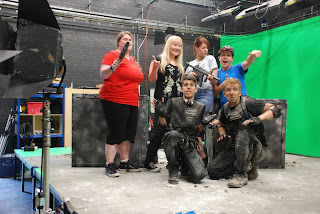
At first we felt a little like we had put ourselves at a disadvantage by shooting on green screen, not because we weren't capable of compositing the live action footage, (I think the results speak for themselves on this front) but because shoots take time to organise and prepare for, afterwards footage needs to be watched, takes selected and an edit cut. We didn't really begin to get onto post production until late into the second week, which meant we felt like we were playing catch up from the start.
That's not to say we wished we hadn't done it. For one thing, shooting on location brings its own list of problems, particularly when our only suitable location was very far away and without elctricity. Besides, anyone who knows me will know I live for green screen shoots, and I was very excited to get back in the studio after spending a year behind a computer. The facilities at Bournemouth are awesome, (though not quite as awesome as Glamorgan! Well maybe on par... Mostly... Well ours is definitely bigger...) and we were willing to put in the extra hours to get ourselves back on schedule. We got some great footage, the green screen providing us with a really clean and even backdrop for keying and compositing, and only minimal roto was needed to get back some motion blur and a disappearing thumb. On the whole, a very positive experience, even if we did have some hiccups setting up the props.
And then of course came the packing up.
I can't really post an evolution from concept to final product as turn around was so fast that there wasn't much time to work on tests and make rough shots. We pretty much jumped straight onto final composites, with myself and Katt working on keys and matte paintings whilst Jo, Graham and Suvi got straight onto the robot.
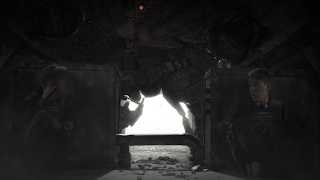.png)
I was given early animated block outs around week four, which helped with adding in VFX, which needed to be timed, and final passes for compositing toward the end of week five and beginning of week six. As you can probably tell we all worked flat out right until the last day.
The most important lesson I have learnt from BFX, is that Time Management is everything. I've always been pretty good when it comes to organising myself, but I found that unless everyone in the team is working to the same schedule, things can fall apart pretty quickly. Communication and cooperation are the most important factors in a team project. If there is someone who does not really understand what you do and how long it will realistically take you, pipelines can bottleneck. My advice to anyone taking part next year, is allocate roles for everyone, but also be fluid in what you can do, write a realistic schedule, and keep to it. If people start falling behind, it is imperative that not only is there is someone in the team chasing it up, but also that there is someone in the team able to jump on board and help out. It should never be about appointing blame, but asking "What problem are you having, and what can I do to help?" You are a team after all.
And at last, the final film. Thanks BFX it was awesome. A big thank you to the organisers and the coaches. See you in September for the Festival.
For more information on the BFX Festival, check out their website:
http://www.bfxfestival.com/
 This week I have been hard at work on lighting tests. The primary light sources in the scene are the over head windows, and the mobile phone itself. It's important that both sources cast light onto the dummy geometry so that realistic lighting can be added during the final composite.
This week I have been hard at work on lighting tests. The primary light sources in the scene are the over head windows, and the mobile phone itself. It's important that both sources cast light onto the dummy geometry so that realistic lighting can be added during the final composite.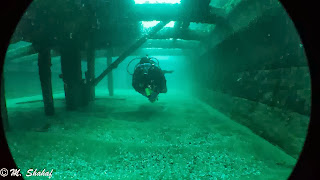
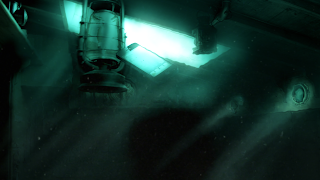
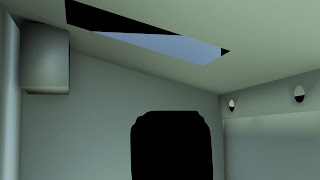
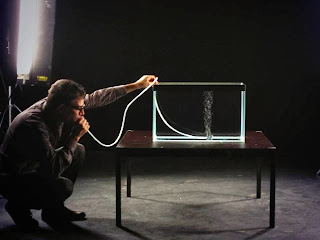










.JPG)

.JPG)
.JPG)


.png)
.png)